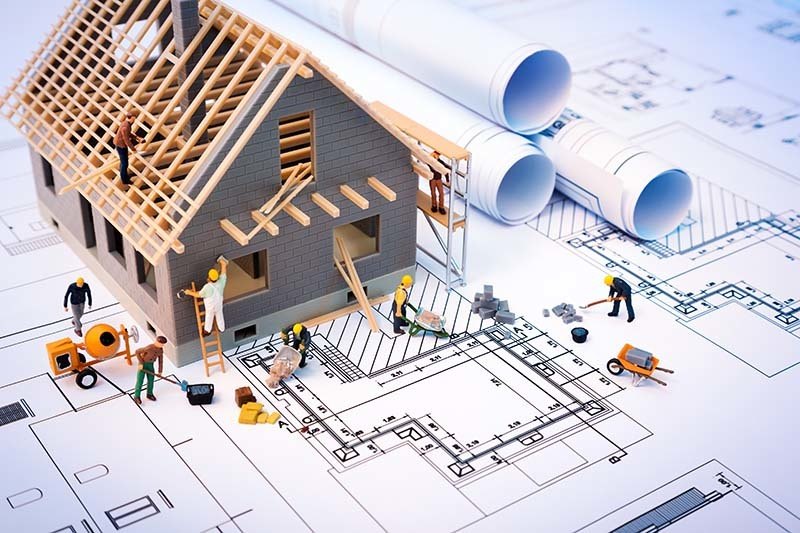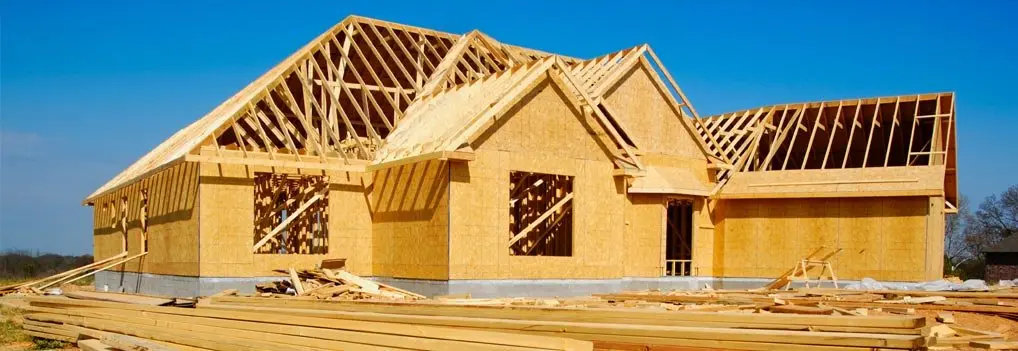Budget Friendly Kitchen Remodeling Indiana for a Trendy and Functional Design
Budget Friendly Kitchen Remodeling Indiana for a Trendy and Functional Design
Blog Article
How a General Service Provider Can Transform Your Typical Locations Into Useful Areas
The improvement of typical areas right into practical spaces is a nuanced procedure that calls for a general professional's knowledge in evaluating particular community needs and designing customized solutions. By thinking about aspects such as layout, availability, and visual charm, a professional can create environments that not just offer practical purposes however also foster community interaction.
Assessing Current Common Location Demands
When examining typical areas, it is necessary to determine and understand the certain needs of the neighborhood they serve. This process begins with an extensive assessment of existing use patterns, which entails event information walking website traffic, top usage times, and activities occurring within these rooms. Involving with area participants with conferences or studies can give important understandings into their preferences and obstacles.
Next, it is very important to consider the group structure of the community, including age, way of living, and any type of unique needs that may impact how these spaces are utilized. Family members with young children may call for play areas, while older adults might focus on availability features.
Furthermore, examining the existing facilities and amenities is crucial. Identifying areas that are underutilized or in need of repair can notify possible enhancements. Collaborating with stakeholders, such as building managers and neighborhood companies, guarantees that the analysis reflects a thorough understanding of the community's needs.
Ultimately, a careful evaluation of present common area requires lays the foundation for effective makeovers, permitting the creation of spaces that foster interaction and improve the overall top quality of life within the neighborhood.
Creating for Performance and Aesthetic Appeal
A detailed understanding of neighborhood requires sets the stage for effective style that balances functionality and appearances alike locations. Effective style calls for a thoughtful strategy that considers both the functional uses the room and the aesthetic charm that enhances the environment.
Functional style requires developing areas that provide to the certain activities and communications of the area. This could include adaptable seating setups for celebrations, obtainable pathways for people with mobility challenges, or marked locations for entertainment tasks. Each component has to serve an objective while ensuring ease of activity and convenience for individuals.
Appearances play an essential role in cultivating an inviting ambience. The option of shades, materials, and illumination can considerably impact the understanding of a room. Including natural environments, such as plant or water functions, can improve the ambiance and create a relaxing atmosphere. Additionally, lining up the design with the neighborhood's social identification can foster a feeling of belonging and satisfaction.
Budgeting and Source Allotment
Effective budgeting and resource appropriation are crucial elements in the successful change of usual locations. A well-defined spending plan details the economic criteria within which the task must operate, making certain that prices are controlled and sources are efficiently used. This begins with a thorough evaluation of task demands, including layout aspects, products, and labor.

A basic contractor plays an essential role in this phase, collaborating with stakeholders to develop practical budget estimates that straighten with the intended vision. By prioritizing essential features and checking out affordable alternatives, the contractor can optimize spending without compromising high quality.
Resource allocation entails strategically assigning workers, tools, and products to different phases of the project (Carmel Indiana General Contractor). This requires mindful preparation to guarantee and avoid hold-ups that each part is delivered on time. Furthermore, routine tracking of expenditures against the spending plan helps to recognize potential overruns early, allowing for prompt modifications
Handling Building And Construction Refine Effectively
Taking care of the construction process effectively is essential for achieving prompt project completion and maintaining spending plan stability. A well-coordinated method includes meticulous planning, clear communication, and efficient resource monitoring. General contractors need to develop a detailed project timeline that lays out each phase of building and construction, permitting the recognition of possible traffic jams helpful resources and crucial landmarks.
Routine development conferences are critical for keeping all stakeholders informed and straightened. These meetings assist in the prompt resolution of concerns, making sure that the job remains on track. Additionally, using job management software can enhance communication, track development, and handle documents, reducing the probability of hold-ups and misconceptions.
Effective resource allocation is also paramount. By making sure that materials, labor, and tools are available when needed, general professionals can protect against pricey disturbances. Carrying out a positive approach to take the chance of administration additional improves effectiveness, as it permits the identification and mitigation of possible difficulties before they rise.

Making Certain Compliance and Top Quality Specifications
Compliance and top quality criteria are fundamental to the success of any type of building and construction job, making certain that the pop over to this site ended up spaces not just fulfill customer assumptions yet also abide by regulatory needs. A general professional plays a crucial function in applying these requirements throughout the building and construction procedure.
First, it is necessary for the specialist to remain updated on neighborhood building codes, safety laws, and market finest techniques. This understanding enables them to guide layout choices and product choices that align with conformity criteria. Normal examinations and high quality evaluations during the building stage help to recognize prospective concerns early, mitigating costly hold-ups and remodel.
Additionally, a trustworthy general specialist promotes a society of quality among subcontractors and employees. This can be attained by offering training on conformity methods and implementing stringent quality assurance procedures. By establishing clear communication networks, the contractor can make sure that everyone involved recognizes their duties regarding conformity and top quality.
Final Thought
In conclusion, the role of a general service provider in changing usual locations into functional areas is critical. Via a comprehensive assessment of community needs, thoughtful design, thorough budgeting, and reliable project monitoring, these experts can develop atmospheres that boost functionality and visual charm. Adherence to conformity and quality criteria even more ensures that renewed areas not only meet the assumptions of stakeholders however also foster engagement and enrich the general experience for all individuals within the neighborhood.
The transformation of usual locations right into useful spaces is a nuanced procedure that needs a general specialist's proficiency in analyzing particular area demands and designing tailored services. By thinking about aspects such as layout, click this access, and visual allure, a service provider can produce settings that not only serve sensible objectives but also foster area interaction. General specialists must establish a thorough task timeline that details each phase of construction, permitting for the identification of prospective traffic jams and vital landmarks.

Report this page